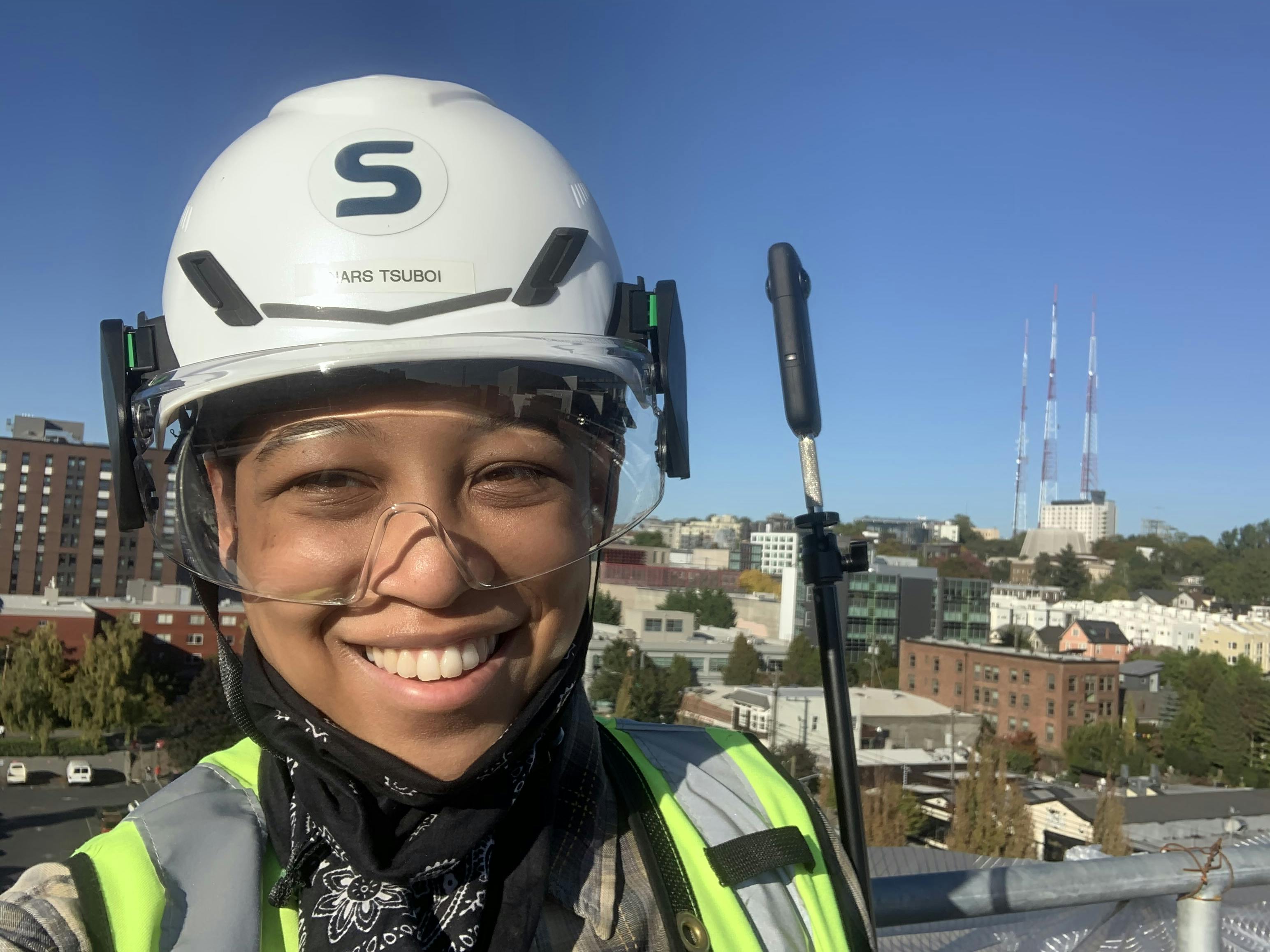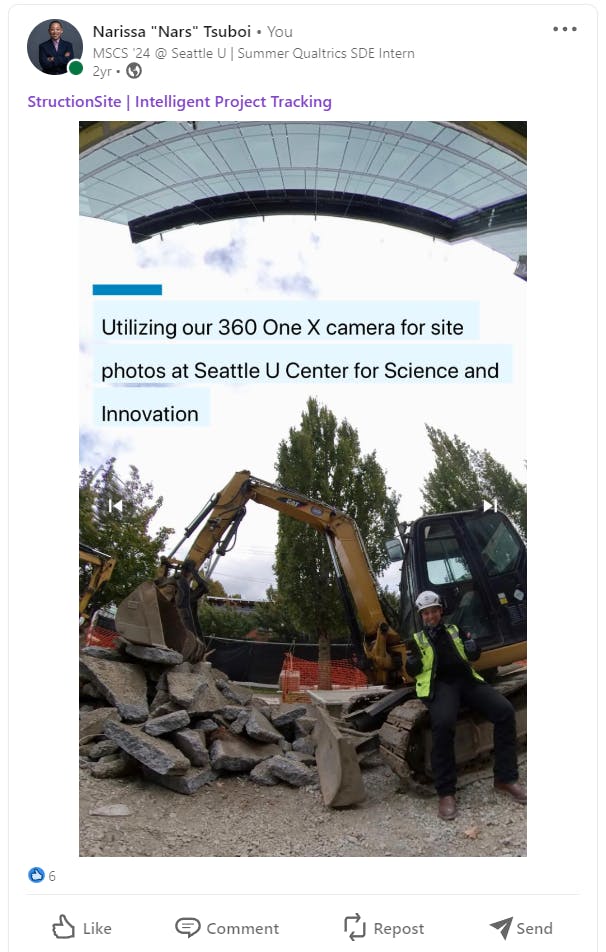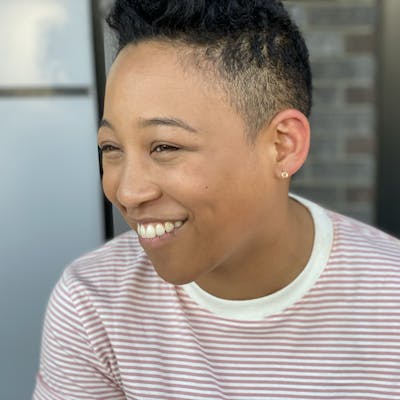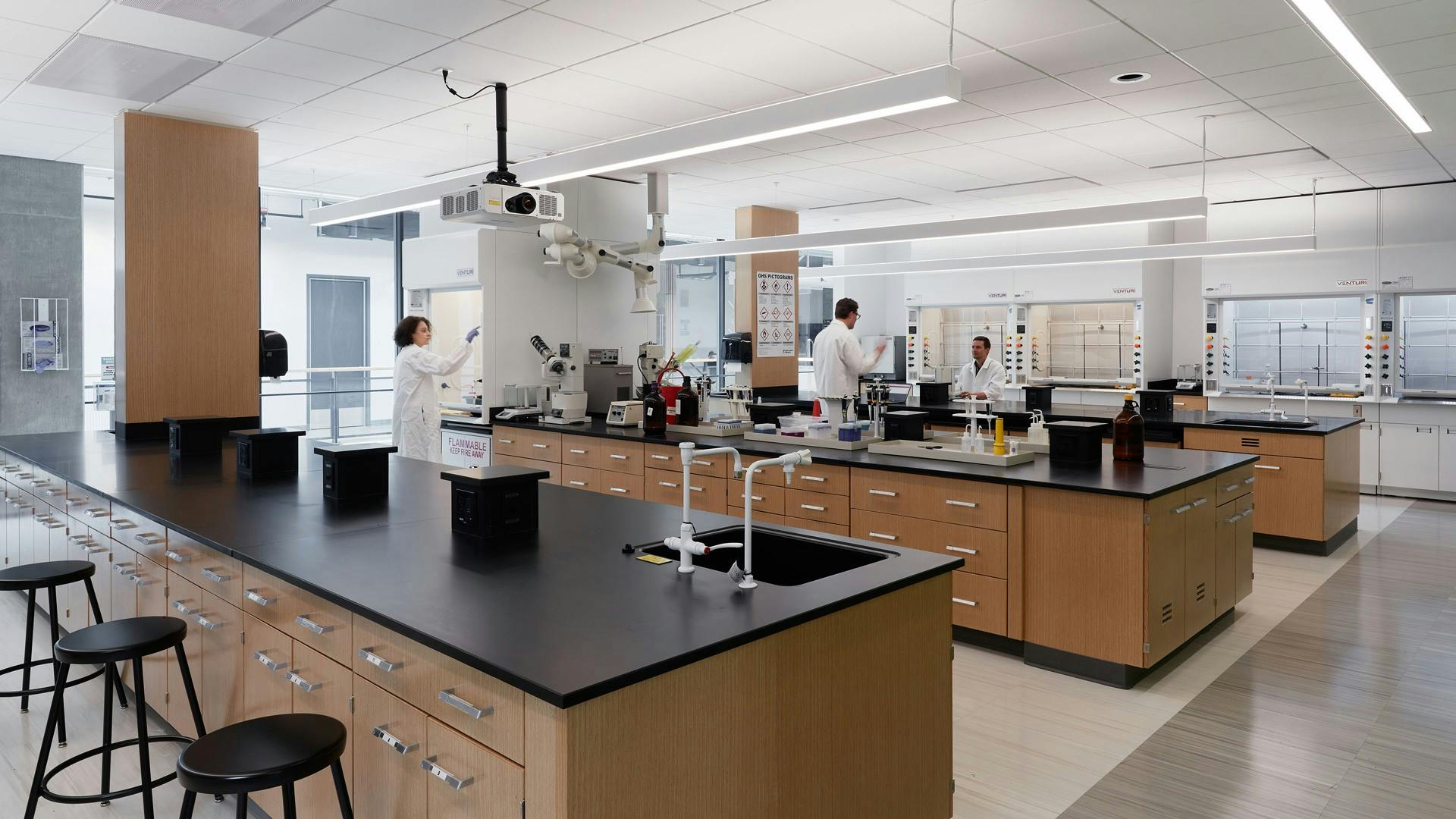Motivation
In the 2.5 years since starting my career change to software development, it’s always been motivating to hear other people’s unique stories and circumstances and to know that I’m not alone in the pursuit of changing careers. The purpose of these posts is to share my experience with other folks considering making a career change to software development or tech through a graduate-level degree and with those (like me) who are in the thick of it.
I call these “chronicles” because this is not a tutorial or recipe for making a successful career change to software. Rather, it’s the story of how I went about it, where I went wrong, where I went right, and what’s next.
About Me
I am a Seattle local, 28 years old, and originally intended on a long career in the civil engineering or construction industry. In 2017 I earned my BS in Civil Engineering from Seattle University, a modern, progressive, and global Jesuit Catholic university. My first engineering job was as an electrical relocation intern for our local power utility in Downtown Seattle. Since then, I’ve held multiple civil engineering and construction-related roles.
I picked civil engineering in college because of how technical and math-heavy it was. I've always liked subjects that require deep focus, math, and a lot of complexity. My coursework and my engineering internships gave me these types of problems – and I liked getting lost in them and finding my way out with a solution.

How I Got Interested in Software
After I graduated, I joined a small civil design firm that designed sidewalks and curb ramps using Civil 3D, a drafting software. Sometime later, an old classmate mentioned that her employer was hiring engineers, it was working for a top international general contractor. The work would be fast-paced and I would get to see engineering designs built in real life. I headed into the construction industry and found my new favorite complex problem – building systems and laboratories.
Above our ceilings and behind are walls are networks of pipes, ducts, wires, structural members, and more. Designing and coordinating these networks with one another in a 90-million-dollar commercial building reminds me of the abstraction that object-oriented programming brings to our code.
I liked coordinating the design of these networks and abstracting away the mess for other trades and our clients. The job required a fearlessness toward conflict – you can assume one network, say plumbing would physically clash with another, like lab waste piping. It was my job to use engineering principles and perform research to make things function and fit together as if they were all one single system while installing on time and under budget.
One of the dozen laboratories at the Seattle University Center for Science Innovation that I coordinated when I was a construction engineer. Photo courtesy of Mithun.
It’s this convoluted, messy, and technical type of problem that sparked my interest in construction technology and ultimately computer science and software development.
At the end of the day, one of us engineers would have to traverse every square foot of a 100,000-square-foot building with our phone cameras, sort the photos by room, and upload them for review. This was an unpopular task because it inevitably got us home late. Enter one of the technologies that sparked my interest in a software career - StructionSite's 360-degree cloud-based photo documentation app. What used to take me 2 hours took 30 minutes. Construction tech like StructionSite, Procore, and Bluebeam Revu showed me the power of software in the industry, and I wanted to be a part of it.

Making the Jump
In the summer of 2020, I began researching higher education options in computer science that would allow me to continue to work full-time or mostly full-time. I talk about the program I chose and the financial cost in the next post.
In January 2021, I made the jump and started my career change journey.
Read the rest of the Career Change Chronicles or skip around by topic.


